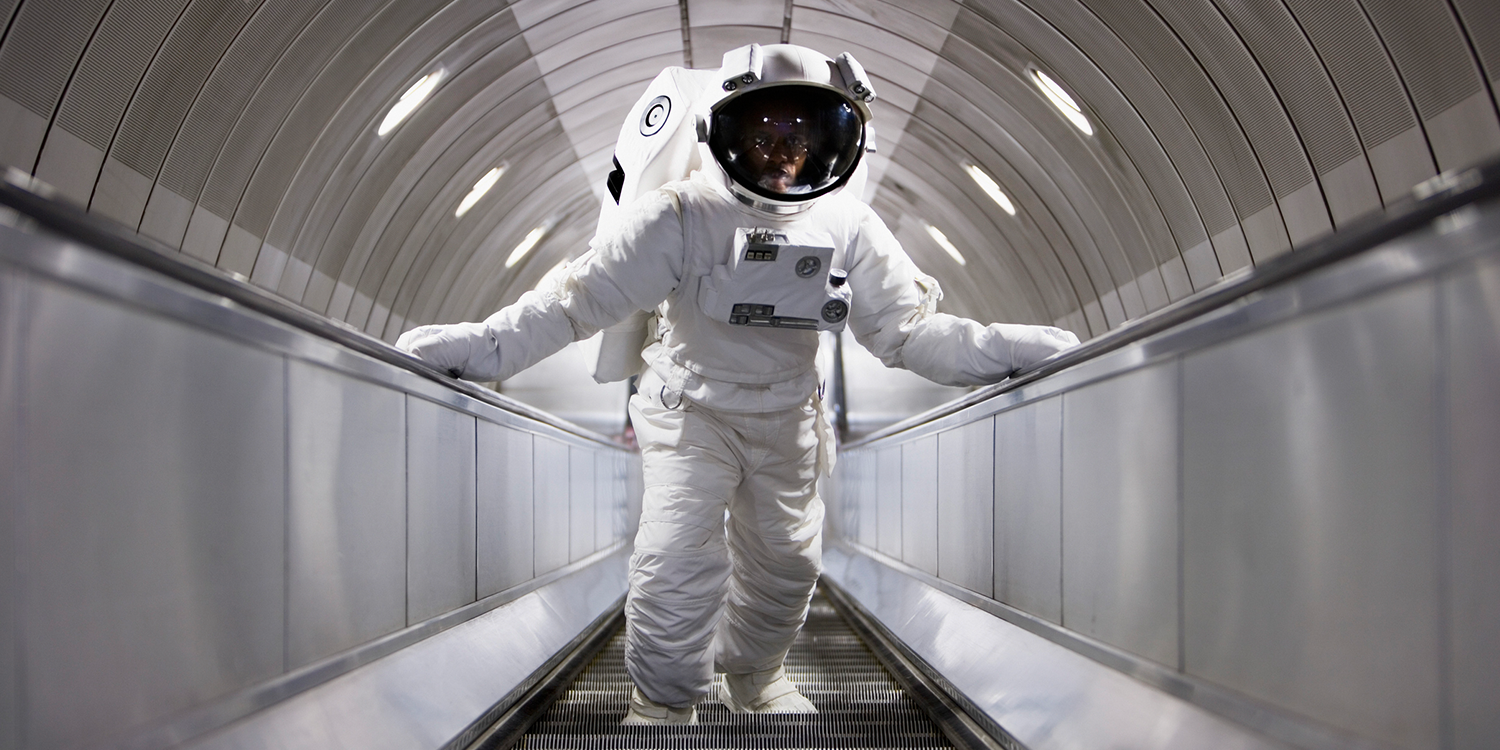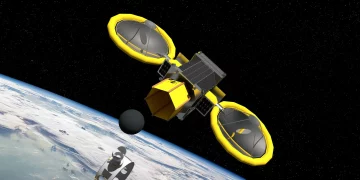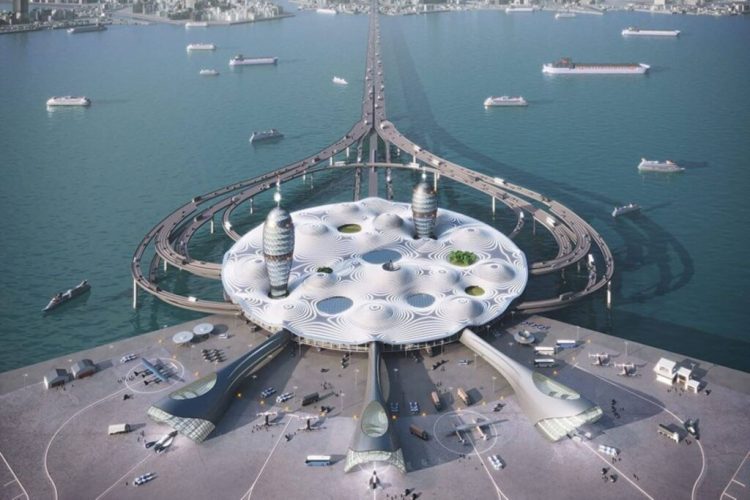Introduction: A New Frontier in Travel
Space tourism—once the realm of science fiction—has emerged as one of the most exciting and talked-about industries of the 21st century. Pioneered by billionaires like Jeff Bezos, Richard Branson, and Elon Musk, the notion of ordinary people voyaging into space has moved closer to reality than ever before. Yet, as with all revolutionary technologies, the big question remains: can space tourism survive once it moves beyond the domain of the super-wealthy? Will it ever become affordable, sustainable, and accessible for the masses?
In this article, we explore the current landscape of space tourism, its future potential, and the factors that will determine whether it can survive beyond the billionaires who are fueling its initial success.
The Billionaire Pioneers
In the early days of space tourism, it was clear that only the ultra-wealthy could afford a ticket to space. This elite group was the first to experience the thrill of spaceflight, and their presence in the market has been integral to the industry’s development. Jeff Bezos’ company, Blue Origin, Richard Branson’s Virgin Galactic, and Elon Musk’s SpaceX have all made significant strides in creating space travel experiences for civilians, albeit at a steep price.
For instance, Virgin Galactic’s suborbital flights cost upwards of $450,000 per seat, while SpaceX’s private missions to the International Space Station (ISS) have been priced at millions of dollars per ticket. These high ticket prices place space tourism firmly in the realm of the ultra-wealthy, with only a select few able to afford such extraordinary experiences.
While this has allowed these companies to raise the necessary funds to advance technology, the real test lies in scaling up the industry to make it more accessible. To determine whether space tourism can thrive beyond the billionaires, we need to examine the factors that could influence its evolution.
The Challenges of Mass Accessibility
1. Cost Reduction: The Holy Grail of Space Tourism
The main barrier to broader space tourism is cost. As long as space tourism remains a luxury for the rich, its market will remain small. To survive beyond the billionaires, the cost of travel must drop significantly, which presents both technological and economic challenges.
Spacecraft Design and Innovation: Companies like SpaceX, Blue Origin, and Virgin Galactic are already working on reusability—a key factor in reducing costs. Reusable rockets, such as SpaceX’s Falcon 9, have already demonstrated that they can be launched multiple times, which cuts down the cost per launch significantly. However, building space tourism-specific vehicles that can be reused without compromising safety or comfort is still a daunting task.

Economies of Scale: As the industry grows and more flights are offered, economies of scale could lower prices. With higher demand, companies can spread the costs of their infrastructure, technology, and research across a greater number of customers. Additionally, competition among space tourism companies could drive prices down, making the experience more accessible to a broader audience.
2. Technological Barriers
One of the main factors contributing to the high cost of space tourism is the extreme level of technology and safety required. Sending humans into space—whether for a brief suborbital flight or a longer mission—is an incredibly complex process. Spacecraft must be designed to withstand the harsh conditions of space, including zero gravity, radiation, and extreme temperatures, while also ensuring passenger safety.
Moreover, the launch and re-entry process can be perilous. Even with advanced technologies like SpaceX’s Falcon rockets or Virgin Galactic’s SpaceShipTwo, the risks of space travel remain non-negligible. Until space tourism can be conducted with the same reliability and safety as commercial aviation, widespread adoption will be challenging.
3. Space Infrastructure: Building the Future of Space Travel
The future of space tourism also depends on the infrastructure that supports it. Just as airports and air traffic control systems are critical for commercial aviation, spaceports, orbital stations, and transport hubs will need to be developed to handle the increasing volume of space tourists.
Currently, there are only a few spaceports globally capable of handling commercial spaceflights. As demand grows, more spaceports will be required, both on Earth and potentially in orbit. Building such infrastructure will require enormous investment and international cooperation, which may prove to be a hurdle. Without the necessary infrastructure, scaling space tourism will be nearly impossible.
The Economic Impact: A New Industry for the Masses?
1. Job Creation and Economic Growth
Should space tourism successfully expand beyond its current elite market, it could have far-reaching economic implications. In addition to creating thousands of high-paying jobs in engineering, manufacturing, and logistics, it could also generate a wave of new industries that we can barely imagine today. The commercialization of space could lead to new markets for space-based products, from satellites to asteroid mining.
As with the dawn of aviation, we could see entire industries blossom around space tourism. Think space hotels, lunar resorts, and spaceports in remote locations. While these concepts sound far-fetched today, they are no longer outside the realm of possibility as technology advances.
Moreover, the growth of space tourism could lead to increased competition and innovation in related sectors, including propulsion technologies, sustainable energy solutions, and materials science. This could, in turn, drive down the costs of space exploration and make it more feasible for private companies and governments to fund missions to the Moon, Mars, and beyond.
2. Environmental Impact: A Growing Concern
With the rise of any new industry comes a new set of environmental considerations. Space tourism is no different. Rockets, even reusable ones, release large amounts of carbon dioxide and other pollutants into the atmosphere, contributing to the planet’s growing carbon footprint.
As the industry grows, its environmental impact will become a major concern. While companies like Blue Origin and SpaceX are already exploring ways to make their rockets more efficient, the environmental sustainability of space tourism will be crucial if the industry is to survive and scale.
The long-term solution may lie in developing green propulsion technologies, like hydrogen-powered rockets or other forms of low-emission travel. Until then, balancing the economic and environmental aspects of space tourism will be a delicate task.

The Social Implications: Who Gets to Go to Space?
One of the most fascinating aspects of space tourism is its potential to democratize space exploration. For decades, space travel has been the exclusive domain of astronauts, scientists, and government agencies. However, with the advent of commercial spaceflight, the possibility of ordinary people traveling to space has become a reality.
But who exactly will get to go? Will space tourism remain a playground for the rich, or will it become an experience available to all? While some argue that space travel should remain a luxury, others see it as a universal right—a once-in-a-lifetime experience that everyone should have the chance to enjoy.
Governments and private companies must consider the social implications of this new era of exploration. Will space tourism lead to greater inequality, with only the wealthiest able to afford a seat on a spacecraft? Or will innovative pricing models, such as lotteries or tiered pricing, make it possible for more people to experience the wonders of space?
The Future of Space Tourism: A Vision for the Next Decade
As we look to the future of space tourism, there are several possible outcomes. The industry could remain a niche market catering to the wealthy, or it could expand into a multi-billion-dollar sector, opening up space to a broader swath of humanity.
In the coming decade, we are likely to see significant advancements in technology that will make space tourism more affordable and accessible. Reusable spacecraft, miniaturized space stations, and improved safety protocols will all contribute to a reduction in the cost of space travel. Additionally, with the rise of new space startups and growing competition, prices could decrease further, allowing more people to participate in this awe-inspiring experience.
Ultimately, the future of space tourism will depend on three key factors: technological innovation, economic sustainability, and the development of the necessary infrastructure. As long as the industry can address these challenges, there is every reason to believe that space tourism will survive and even thrive beyond the billionaires who currently dominate the market.
Conclusion: Space for All?
The journey from luxury experience to mass-market offering is never an easy one. But with the advances in technology, the passion of private space companies, and the growing interest from the public, space tourism has the potential to become much more than a billionaire’s hobby. It may, in fact, transform into a booming industry that offers new opportunities, inspires future generations, and democratizes space in a way that no one could have imagined just a decade ago.
As we watch this exciting sector develop, it’s clear that the era of space tourism is just beginning. Whether or not it survives beyond the billionaires will depend on how well the industry can address the challenges of cost, safety, sustainability, and accessibility.


















































Discussion about this post